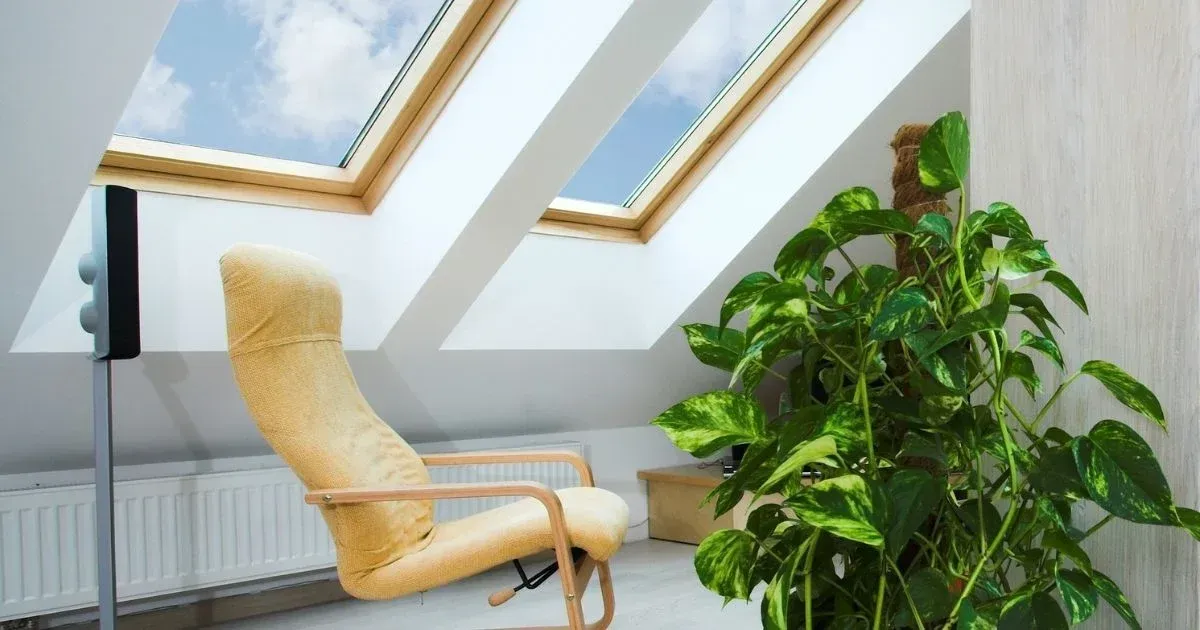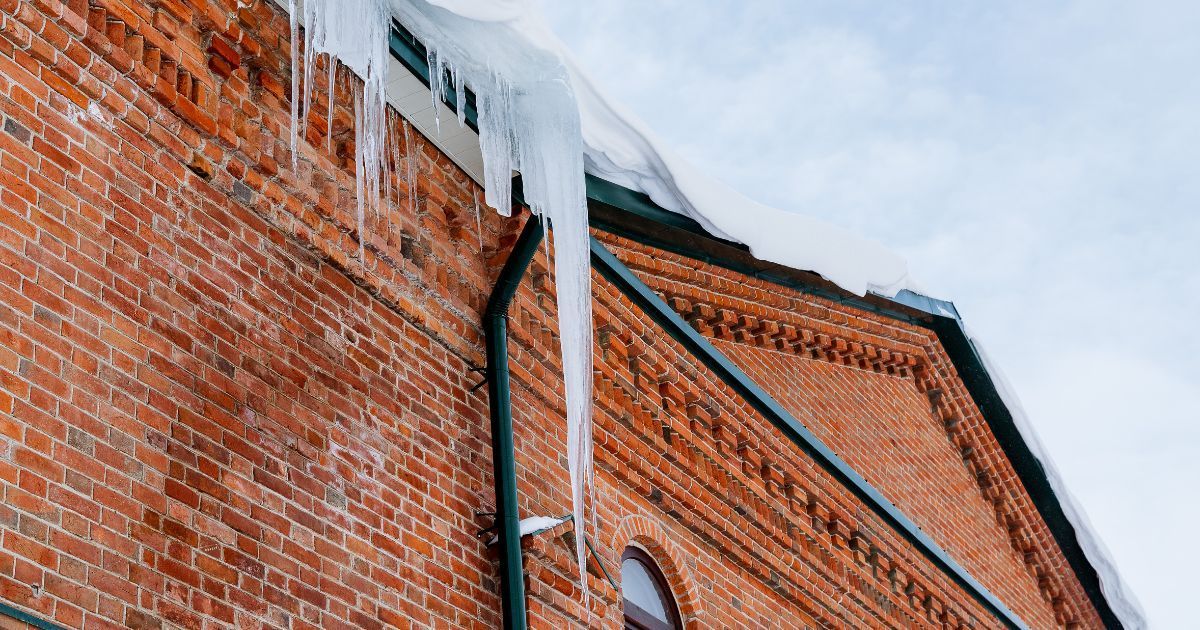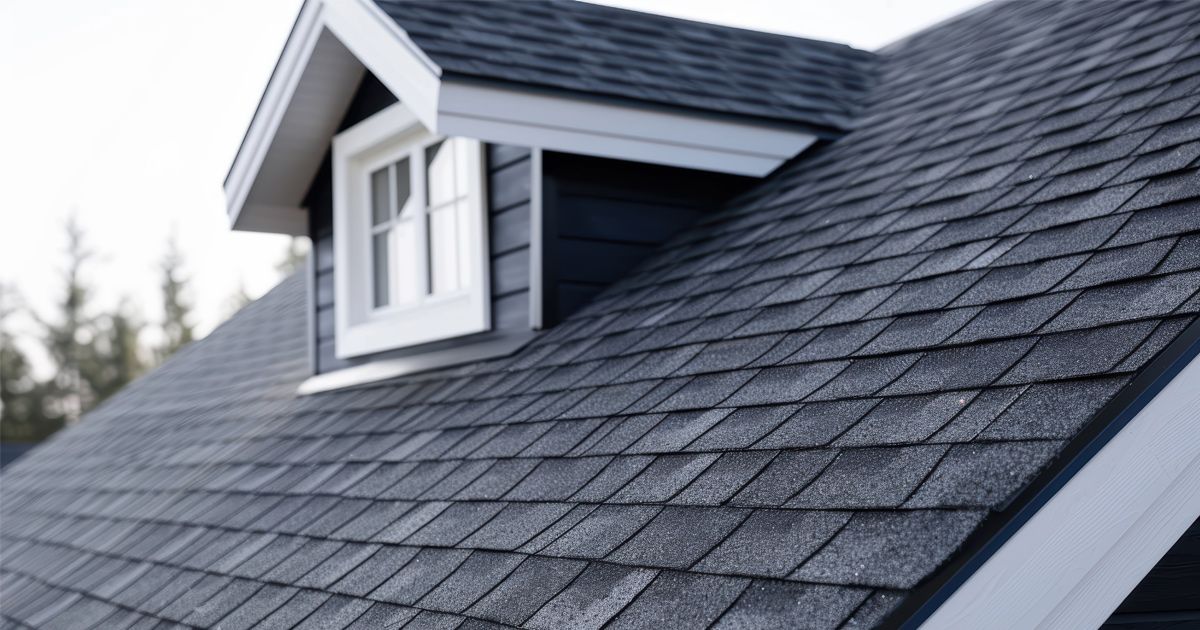Blogs
The Importance of Effective Roof Ventilation for Your Home
Roof ventilation plays a vital role in every home, though it's frequently ignored by property owners. An efficiently planned ventilation setup enables air to flow freely in the attic, shielding your roof and residence from harm while boosting energy savings. We consider adequate roof ventilation crucial for a long-lasting, cozy, and economical household.
What Is Roof Ventilation?
Roof ventilation involves a mechanism that encourages air movement in the attic, permitting warm, damp air to exit via vents as fresher air is pulled in. This method avoids excessive heat, lessens moisture buildup, and safeguards the roof's framework from deterioration. Correctly positioned vents manage attic heat levels, prolong your roof's durability, and ensure a pleasant indoor atmosphere throughout the year.
Conversely, roofs with insufficient ventilation may result in expensive troubles such as fungal proliferation, ice formations, and elevated utility expenses. Comprehending the operation of ventilation and its significance can assist in protecting your property.
What Are the Benefits of Good Roof Ventilation?
Roof ventilation delivers numerous advantages, defending your home across all seasons and weather conditions:
Extends Roof Lifespan
Adequate ventilation maintains cooler shingles by letting hot air dissipate. Excessively warm roofs may lead to early shingle degradation, causing pricey fixes or renewals. Statistics reveal that absent ventilation, attics might hit 140°F on a 90°F day, hastening shingle deterioration and possibly reducing roof longevity by several years, according to ARMA insights.
Reduces Energy Costs
During hotter periods, vents eliminate warm air from the attic, easing the load on cooling units. This maintains a cooler home and decreases energy expenditures. Research suggests proper ventilation may yield 15-35% savings in cooling energy, particularly in hot or tropical areas, by limiting heat transmission to inhabited zones.
Prevents Ice Dams in Cold Climates
In cooler locales, ventilation averts ice dams—ice ridges that arise when thawed snow refreezes along the roof's border, capturing water and triggering leaks. Vents sustain a chilly attic, reducing irregular thawing.
Controls Moisture and Prevents Mold
Ventilation expels humid air from the attic, stopping condensation that could cause timber decay, mold formation, and health risks. Inadequate ventilation heightens mold danger by retaining moisture, possibly impacting indoor air purity and causing issues like sensitivities, as noted by seasoned roofing specialists.
Regulates Indoor Temperatures
A properly ventilated attic hinders severe heat accumulation, guaranteeing upper-level rooms stay comfy and aligned with the home's remainder. This equilibrated airflow can lessen HVAC pressure, leading to total energy efficiency improvements of up to 20%, per sector information.
Choosing and Installing Roof Vents
Ventilation setups depend on an equilibrium between intake (fresh air entering the attic) and exhaust (warm air leaving). This circulation is propelled by two innate mechanisms:
For ventilation to function well, the appropriate quantity and kind of vents need installation. A standard guideline is one vent for each 300 square feet of attic area, or one per 150 square feet without a vapor barrier.
Types of Roof Vents
Various residences and climates demand customized ventilation approaches. Below are the primary types of roof vents:
Soffit Vents (Eave Vents)
Positioned beneath the eaves, these intake vents permit cool air into the attic, enhancing circulation when combined with exhaust vents.
Ridge Vents
Situated along the roof's summit, these exhaust vents integrate smoothly with the roof outline and spread air uniformly, extending roof durability.
Box Vents (Louvers)
Affixed close to the roof ridge, these exhaust vents enable hot air and humidity to depart effectively.
Gable Vents
Placed on outer walls at the house's gable ends (triangular parts below roof peaks), they permit air entry and exit via attic sides without roof penetration.
Wind Turbines
Driven by breeze, these vents rotate to extract hot air but could prove less efficient in calm regions.
Power Vents
Fitted with electric fans, these vents proactively expel hot air and moisture. Versions with thermostats or humidistats are power-saving, engaging only as required.
Roof Vent Caps
These shields guard vents against precipitation, bugs, and rubbish while permitting hot air to leave and cooler air to arrive.
Is Roof Ventilation Necessary for Every Climate?
Yes. Ventilation is vital across all climates:
Cold Climates
Vents thwart ice dams by preserving attic coolness and eliminating moisture to evade condensation and mold.
Warm Climates
Vents discharge hot air, lowering attic heat and lightening the load on cooling systems.
Mixed Climates
All-year ventilation moderates temperatures and humidity, providing steady safeguarding.
Prior to vent installation, confirm your attic is sealed. Close openings in the attic base or access to avoid energy wastage, which may raise costs and aid ice dams in cold seasons.
What are the Problems Caused by Poor Ventilation?
Insufficient ventilation can trigger severe complications:
Ice Dams
Warm attics thaw snow inconsistently, leading water to refreeze at the roof's rim, harming the roof and inside.
Mold and Rot
Confined moisture promotes mold expansion and wood decay, undermining structural stability and air quality indoors.
Higher Energy Bills
Weak ventilation compels HVAC units to labor more, escalating expenses.
Premature Roof Damage
Overwarmed shingles break down quicker, curtailing the roof's service life.
Snow Melt Issues
In wintry areas, a heated roof might dissolve snow overly fast, indicating subpar ventilation and amplifying ice dam threats.
Choosing and Installing Roof Vents
Picking the suitable ventilation system relies on your home's layout, weather, and roof build. A roofing expert can evaluate your requirements and suggest a personalized option. Essential factors include:
- Aligning vent kinds with your roof's incline and material.
- Guaranteeing a balanced intake-to-exhaust proportion.
- Adhering to regional building regulations.
Correct setup is essential. Vents should be positioned strategically to enhance airflow and secured to stop leaks. Typical errors, such as obstructing vents with insulation or fitting too few, can diminish efficacy.
Maintaining Your Ventilation System
Routine care guarantees your ventilation setup operates at peak:
- Examine vents yearly for obstructions, like litter, animal nests, or snow.
- Look for indicators of weak ventilation, such as fungus, extreme attic warmth, or ice dams.
- Cleanse or mend vents when necessary to sustain circulation.
Why Choose Professional Help for Roof Ventilation?
Master Roof, a local Milford company focuses on crafting and fitting ventilation systems adapted to your home's specific demands. Our skilled crew assures correct vent choice, positioning, and setup to optimize your roof's operation and endurance. Here is a pictures from their training on attic ventilation.

Located in Milford MA, Master Roof serves homeowners in the following towns: Bellingham, Dedham, Dover, Framingham, Franklin, Groton, Holliston, Hopedale, Hopkinton, Medfield, Medway, Mendon, Milford, Millis, Natick, Needham, Newton, Norfolk, North Grafton, Northborough, Norwood, Sherborn, Shrewsbury, South Grafton, Southboro, Southborough, Sudbury, Upton, Uxbridge, Walpole, Waltham, Wayland, Wellesley, Westborough, Weston, Westwood, Whitinsville, Wrentham and more.
Roof Ventilation FAQ
What is roof ventilation and how does it work?
Roof ventilation is a setup that lets fresh air into the attic (intake) and warm, damp air out (exhaust), managing temperature and humidity. It depends on natural phenomena like convection and wind for equilibrated flow, averting harm and enhancing efficiency.
Why is proper roof ventilation important?
It lengthens roof duration, cuts energy expenses by up to 20-30%, averts mold and ice dams, and preserves indoor ease. Specialists from ARMA stress it guards against heat and moisture accrual, possibly saving much in restorations.
How can I tell if my attic has poor ventilation?
Clues encompass warm upper rooms in summer, ice dams in winter, mold or corrosion in the attic, twisting shingles, steep utility costs, or drooping roof base. If your attic attains extreme heats like 140°F on temperate days, it's an alert.
What are the best types of roof vents for my home?
It varies by roof style and climate. Ridge and soffit vents offer balanced, inactive flow for many homes, whereas power vents fit humid zones. Consult an expert to confirm alignment with standards like ICC's.
Does roof ventilation really save on energy bills?
Yes, by diminishing attic warmth, it reduces HVAC stress and can drop cooling outlays by 15-35% in hot areas, per research. It also halts unneeded energy dissipation annually.
Can poor ventilation cause health issues?
Certainly—retained moisture causes mold growth, which may aggravate allergies and breathing troubles. Adequate ventilation boosts indoor air standard by removing moist air.
How often should I maintain my roof vents?
Check yearly for blockages like debris or nests, and assess for harm post-storms. Consistent cleansing secures top performance and prevents problems like decay or inefficiency.
Is roof ventilation worth the investment?
Yes, it's an affordable enhancement that returns via extended roof life (possibly doubling in harsh instances), reduced energy bills, and avoided costly repairs.










